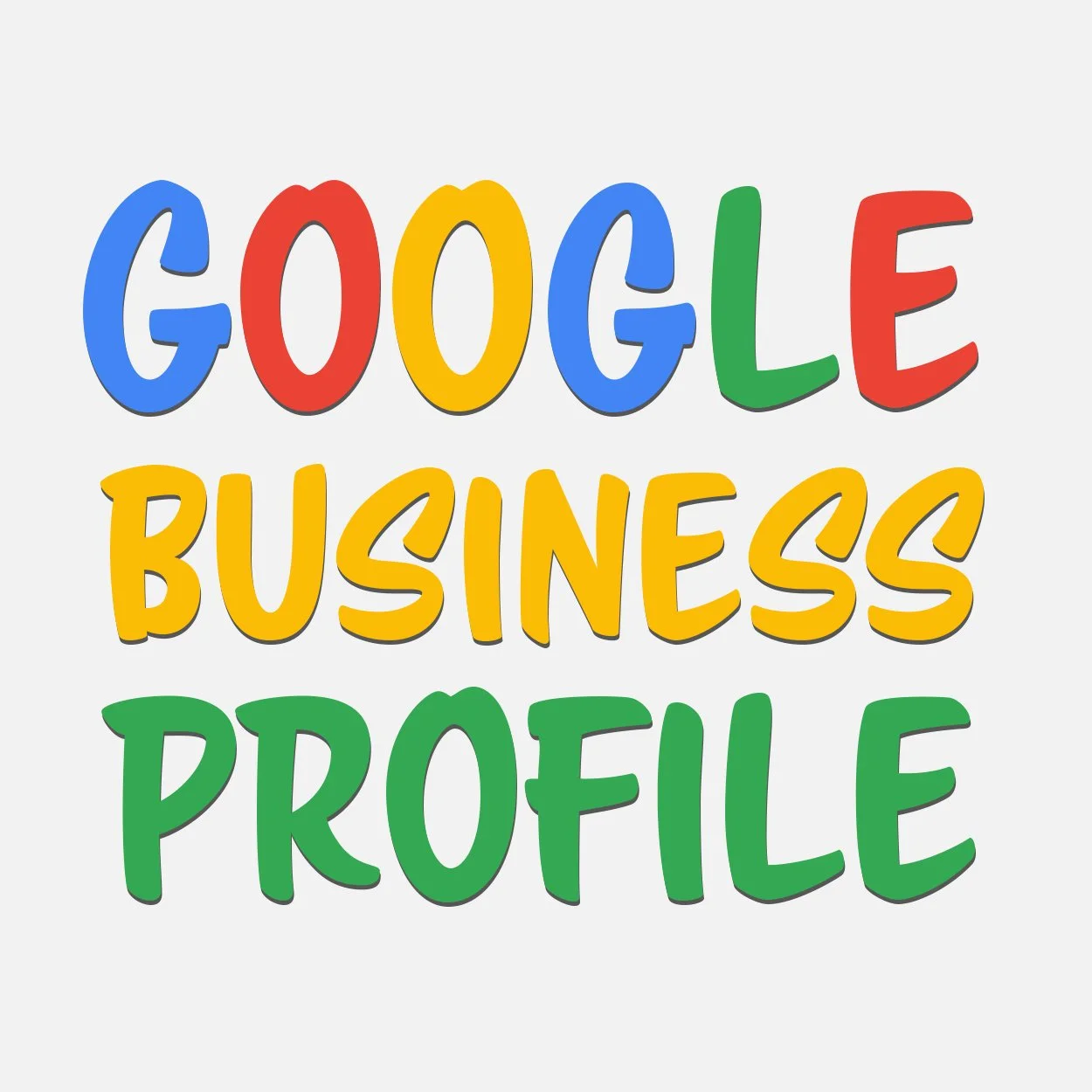Are Email Newsletters an Effective Marketing Tool?
With our overflowing inboxes, one might think that receiving another newsletter is the last thing on anybody's mind.
You are probably right.
However, there is a big difference between newsletters.
Take me as an example. I subscribed to about ten newsletters, which I also read regularly. Some hit my inbox daily, some weekly. I read them because they improve my skills, challenge my perspective, and help me serve my customers better. Sometimes, I also unsubscribe from newsletters, because they give me no value and are not worth my time.
The overwhelming conclusion in most studies is that newsletters or email marketing must offer an added value for the audience to be effective.
So, what makes email newsletters an effective marketing tool?
The overwhelming conclusion in most studies is that newsletters or email marketing must offer an added value for the audience to be effective. This added value often comes in the form of helpful business insights or creative solutions to everyday problems.
Here are a few ideas to illustrate my point:
General contractors could write about how to repair leaky windows, broken siding, or sinking decks. They could also explain the crucial points a homeowner needs to consider when planning a deck extension or a covered patio.
Heating and air specialists could talk about freon leaking air conditioning systems, dirty ductwork, or dehumidification of basements.
Deck installers could cover the pros and cons of different decking materials, tips on keeping your deck clean, or the advantages of hidden fasteners.
I am not an expert in any of these areas, but as a homeowner, I would love to get some well-meant ideas pointing me in the right direction.
Your Cadence
As you know, I send out my newsletter around noon on Thursdays. I also publish the same content on my website in the morning. Since I use Squarespace for my website, they offer an email marketing add-on that seamlessly integrates with the blog content on my website and also includes a well laid-out sign-up form.
Whether you choose a weekly cadence or want to send out your newsletter biweekly or monthly, consistency is the crucial factor. Once you have decided on your rhythm, stick to it and persevere (▶︎ Why Consistency is the Key to Successful Marketing).
Finding Your Audience
If you have an established business, I would recommend that you start by creating your audience from your current customer list.
Many studies have shown that convincing an existing customer to buy from you again is less effort and less costly than finding a new customer. So, focusing on the happy customers you already have is a good place to start.
If Writing Is Not Your Thing
Nobody is born a writer. It takes practice to improve your skills to the point that your message is coherent, on-brand, and enjoyable to read.
It is similar to landing your first project. It probably turned out to be okay, but the second project was much better, and then the third was even better, and so on. I hope you get my point.
Your first newsletter won't be as good as your second and third. Does it matter? Not much. Your audience will likely appreciate that you take the effort and time to share some helpful insights with them.
It is more important that you follow your set cadence. With every newsletter you create, you will soon notice an improvement in your writing skills.
How Long Should Your Newsletter Be?
There is no ideal length for a newsletter. Try to bring your point across in as few words as possible without oversimplifying the subject.
The objective of your newsletter is to inform your readers.
They look for quality and not quantity. Some topics, however, are more complex than others and require more than a few paragraphs to explain appropriately.
Can You Run Out of Topics to Write About?
When I started to write my newsletter, I thought I would run out of topics in a few months. But this was not the case. When I talk to my clients about websites and photography, they ask me many questions, and some are not specific to their business. I make a note of these questions thinking they may be an excellent topic for an upcoming newsletter. You can do the same in your line of work. I am sure that your customers also ask you many questions, which can be a phenomenal source for many future newsletters.
Focus on Your Readers, Not Just Your Subscribers
Creating value and delivering quality for their customers are the goals of many successful businesses.
We should also apply these time-proven life-lessons to a newsletter subscriber list.
While it is comforting to our ego to have many subscribers, it is more important to have many readers.
Sending a newsletter to subscribers is easy and inexpensive. However, if the newsletter repeatedly ends up unopened in the recipient's junk folder, then it appears that some of the subscribers may not benefit from this content. That is okay as long as the number of readers keeps growing, increasing the pool of potential future customers along the way.











